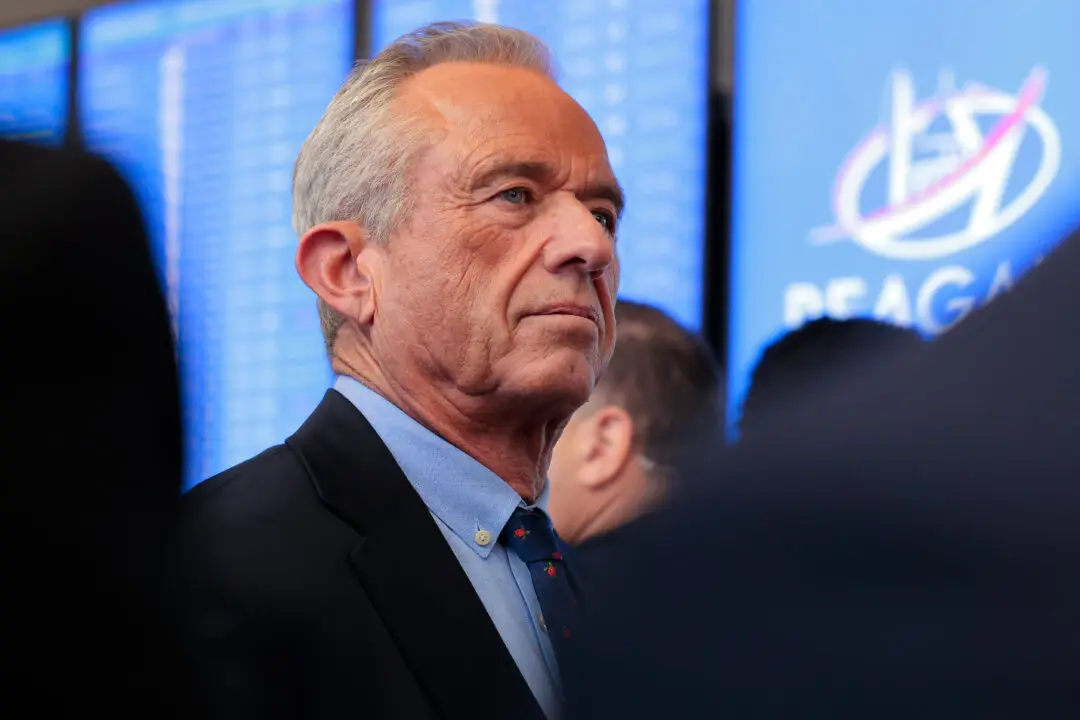Louisville police officials this week made public for the first time thousands of files from the investigation into the death of Breonna Taylor, an emergency medical technician who died inside her home from gunshots fired by police officers in March.
The Louisville Metro Police Department (LMPD) released over 4,000 pages including interview transcripts, evidence logs, and emails, along with videos and photographs.





